Plucking, threading, tweezing – while facial hair removal has traditionally been associated with men, face shaving for women has become common to achieve smooth, hair-free skin.
We have already written about the pros and cons of shaving, and in this blog post, we’ll give out tips on how to prepare the face for shaving, how to shave safely and care for the skin afterward, as well as answer the eternal question whether shaving makes facial hair grow faster and thicker. We will also mention the alternatives to shaving facial hair, with special attention to one innovative method that could be done from the comfort of your home – with professional results.
Contents
How to Safely Shave Facial Hair?
Start with Clean Skin
To prevent clogging of the razor and reduce the risk of irritation, before you begin shaving, ensure your skin is clean and free from any makeup or impurities.
LUNA™ 4 facial cleansing brush is a great device to do so. LUNA™s soft silicone touchpoints are clinically proven to remove 99% of dirt, oil, and makeup residue from the skin after just one use. It is also 35 times more hygienic than facial cleansing brushes with nylon bristles that push dirt and makeup residue back into the skin.
Apply a Shaving Cream or Gel
Shaving creams or gels helps create a smooth surface for the razor to glide. Aside from not enhancing the shaving experience, this also helps protect the skin barrier.
Shave in the Direction of Hair Growth
To minimize irritation and skin damage, shave in the direction of hair growth and rinse the razor after every stroke. This helps a closer shave while reducing the risk of ingrown hairs.
If the blade glides in a direction that is not natural for the skin, the chance of slips and accidents increases. This, in turn, can lead to cuts and potentially expose you to infections. So take your time and make controlled movements in order to achieve the best results.
How to Care for Facial Skin Afterwards?
Rinse with Cold Water
Once you are done with shaving, rinse the face with cold water. It will help soothe the skin, close the pores, and reduce the risk of irritation and inflammation.
Apply a Moisturizer and Avoid Harsh Products
Use an alcohol-free moisturizer to hydrate and nourish your skin. Harsh skincare products, especially those containing alcohol, immediately after shaving can harm the skin and lead to dryness, so look for products with soothing that will help calm any potential redness.
FOREO SUPERCHARGED™ HA+PGA Triple-Action Intense Moisturizer – a luxurious gel-cream designed to provide an exceptional level of hydration. Its unique formula, enriched with a combination of Hyaluronic Acid (HA) and Polyglutamic Acid (PGA), works to replenish and retain moisture within the skin. Clinical studies have shown that this intensively hydrating gel cream can increase skin moisture levels by an impressive 40% in just 15 minutes, resulting in nourished and irritation-free skin after shaving.
Give Your Skin Time to Recover
After rinsing in cold water and applying a soothing moisturizer, if possible, it is recommended to avoid applying makeup or any potentially irritating products for a few hours after shaving because it may harm the skin or lead to clogged pores. Allow the moisturizer to work its magic and the skin to breathe and recover from the shaving process.
Sunscreen is Key
If you shave in the morning or plan to go outdoors, apply sunscreen to protect your skin from harmful UV rays. Freshly shaved skin is lighter and more sensitive to sunlight, which, in the end, can result in sun damage. Use sunscreen with an SPF of at least 50, which will give you protection against both UVA and UVB sun rays.
Does Shaving Make Hair Grow Faster?
One of the most common misconceptions is that shaving stimulates faster hair growth. The truth is shaving does not impact the speed at which hair grows. Hair growth occurs at the follicular level, meaning shaving only trims the visible part of the hair on the skin’s surface without affecting the root, the hair follicle, or the growth process.
Scientifically speaking, hair growth is determined by factors like genetics and hormones. Shaving doesn’t affect these factors, making it unlikely to affect the hair growth time.
Does Shaving Make Hair Thicker?
“If you shave your hair with a razor, it will grow back thicker.” – This belief is just another myth!
As explained, when shaving, you cut the hair at its thickest point— the base. As a result, the tip of the hair may appear blunt and perhaps darker and thicker, but once it is fully grown, you can notice it is the same thickness as before the shave. So, the perception of increased thickness is only caused by the blunt edge of the freshly cut hair.
Genetic factors and hormonal changes also determine hair thickness.
Waxing
Another facial hair removal method, and a good alternative to shaving, is waxing. Waxing involves applying a layer of wax to the skin, allowing it to harden, and then quickly pulling it off, together with the hair. Like shaving, waxing is a temporary hair removal method, but the difference is that the results can last longer than shaving because it removes hair from the root.
When choosing between shaving and waxing, it is important to take into consideration your pain tolerance level, skin sensitivity, and how important the hair-free period is to you. While waxing may offer longer-lasting results, it is not the fastest option, and it comes with the trade-off of potential discomfort and skin irritation.
So, if you want to save time or are looking for a pain-free, long-lasting solution, shaving or waxing may not be the best way to go. We’re bringing the last solution.
IPL Hair Removal – Faster and Long-Lasting Results
IPL (Intense Pulsed Light) hair removal device is a game-changer compared to the usual facial shaving routine. This technology offers a long-term solution to unwanted facial hair by targeting the hair follicles that are not reached with the regular shaving process that provides a temporary fix and often comes with the annoyance of regrowth.
IPL uses pulses of light that go deeper to disrupt the hair growth cycle, leaving the skin smoother for an extended period while hindering its growth over time.
PEACH™ 2 is the fastest, simplest, and most effective way to remove unwanted hair in the long term. It is designed with more power, a larger treatment window, and a faster flash than other IPL devices on the market. It also features a built-in skin cooling system to ensure a comfortable and painless hair removal experience. So ditch the razor – because life’s too short to shave every day.
Using an IPL device at home adds extra benefits for the users because it allows you to do it in the comfort of your own space. It’s a modern approach that not only saves time but also offers an easier solution for those seeking a hassle-free and effective way to maintain a hair-free face.

Like with anything else, there are both pros and cons to shaving your facial hair. So, it’s important to weigh them carefully and figure out what you want before making a choice. For women seeking alternatives to razors and waxing, IPL devices address different needs and offer higher comfort levels.
In the end, remember that there’s absolutely nothing wrong with having facial hair – on the contrary, it’s completely normal! The choice to shave or not to shave is yours, and the beauty lies in embracing whatever makes you feel confident and comfortable in your skin.



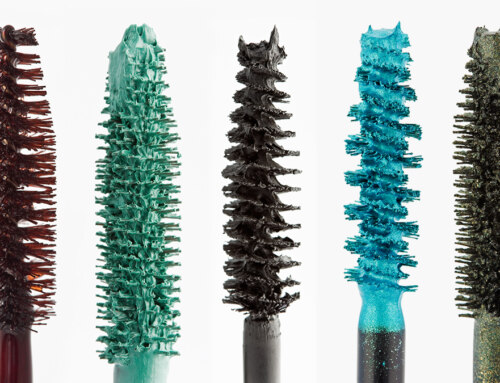

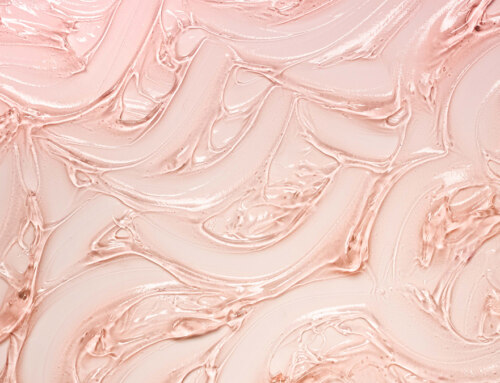
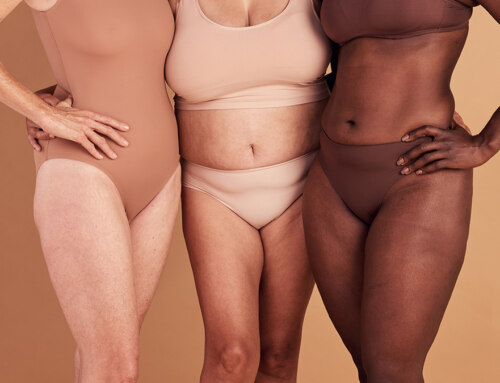
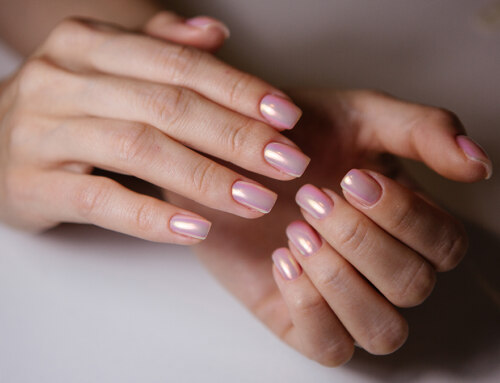





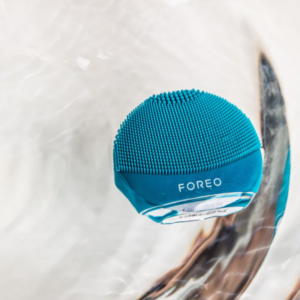

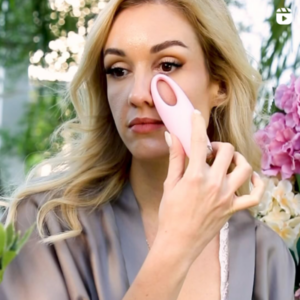




So many useful tips! I’m convinced that hair doesn’t grow back thicker, the hairs have blunt edges when growing back and while it might appear to be thicker, it’s really not.
Dear Surya, we are happy you liked the post! :)